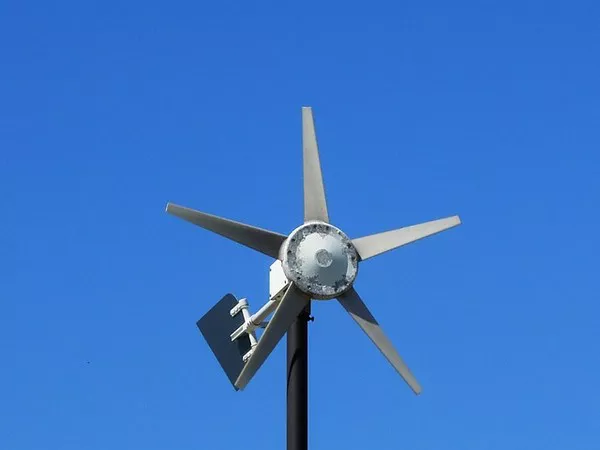The global wind automation market is poised for significant growth, projected to reach $5.196 billion by 2027, marking a $1.507 billion increase from 2020. As the wind industry expands in response to climate pressures and government support for renewables, companies must embrace technologies that enhance the effective and cost-efficient harnessing and storage of wind energy.
By 2026, renewables are expected to account for nearly 95% of increased global power capacity. This surge in capacity presents challenges for the wind industry, particularly in monitoring and maintenance, as Remote Operations Centres (ROCs) grapple with the increasing number of assets to oversee.
However, automation technologies offer potential solutions to these challenges, leveraging IoT sensors, high-speed communication systems, and automated monitoring and control systems.
1. Weathering the Storm of Maintenance
Maintenance and equipment downtime in the wind industry can be particularly challenging due to the remote locations of wind turbines, resulting in extended downtime periods. To address this issue, companies can incorporate IoT sensors to implement more efficient maintenance strategies, reducing downtime.
IoT devices enable wind operators to decrease the frequency of inspections and unexpected downtime by analyzing the operational behavior of wind turbine components and structures in real-time. This shift from a calendar-based maintenance schedule to real-time analysis allows for predictive maintenance, reducing waste of resources.
2. Streamlining Operations with Automation
As the wind industry faces increased demand, Remote Operations Centres (ROCs) may struggle to keep up with monitoring and controlling a growing number of wind turbines. Automation technology can alleviate this strain by allowing companies to program technology to perform tasks like monitoring incoming turbine data for issues.
Each flagged issue typically requires ROC operators 15 to 30 minutes to investigate, identify a solution, conduct checks, and initiate maintenance. With the rising demand for renewable energy, the wind industry needs to enhance its capacity, resulting in a continuous stream of data monitoring, which can be efficiently handled by artificial intelligence (AI).
To address this challenge, companies should consider implementing automated monitoring and control systems, freeing up operators to address the problems flagged by the AI system. High-speed communication systems like EtherCAT can support these automated systems, enabling real-time data monitoring.
3. The Path to Increased Capacity
Automation offers significant benefits to the wind industry, streamlining operations, reducing downtime, and minimizing resource waste. As the demand for renewable energy continues to grow, companies must embrace these technologies to expand their capacity. Automation represents the future for many industries, and the wind sector is no exception.
In conclusion, automation technologies hold the key to a more efficient and sustainable wind industry, capable of meeting the escalating demand for renewable energy while minimizing operational challenges and environmental impact.


